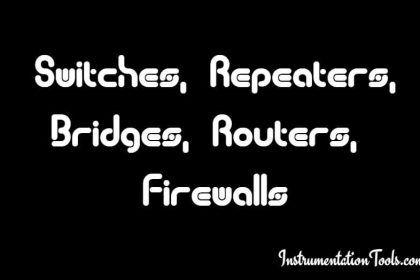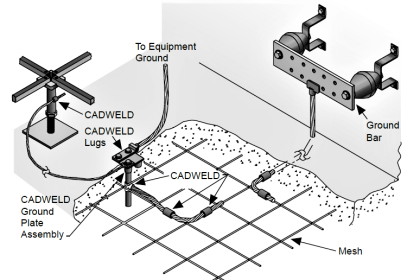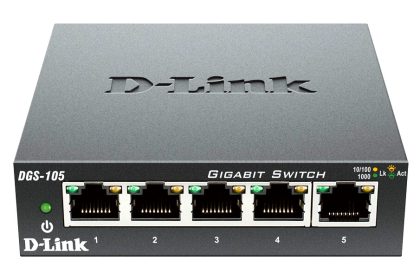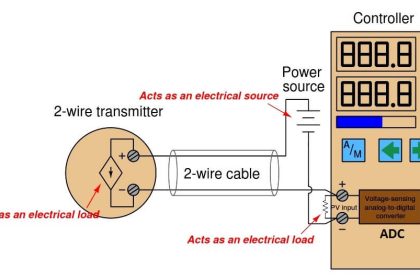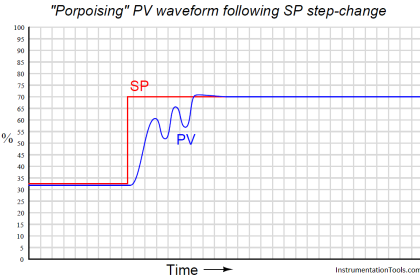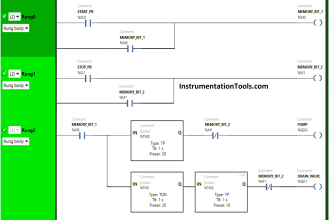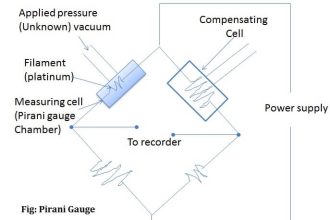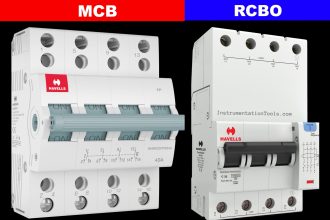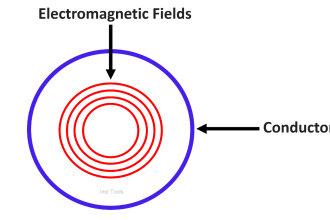In LAN networking, there are various types of applications ranging from small to big, where the number of LAN cables will vary. You may know a network switch, where LAN cables are connected to ports and you can see the cables clearly.
The network switch can have ports in vertical position or horizontal position. It looks good for smaller applications, but when you have a large number of LAN cables, the whole setup looks untidy and cumbersome to troubleshoot. For this, a solution comes in the place of a network patch panel. In this post, we will have a look at the concept of a network patch panel.
What is a patch panel?
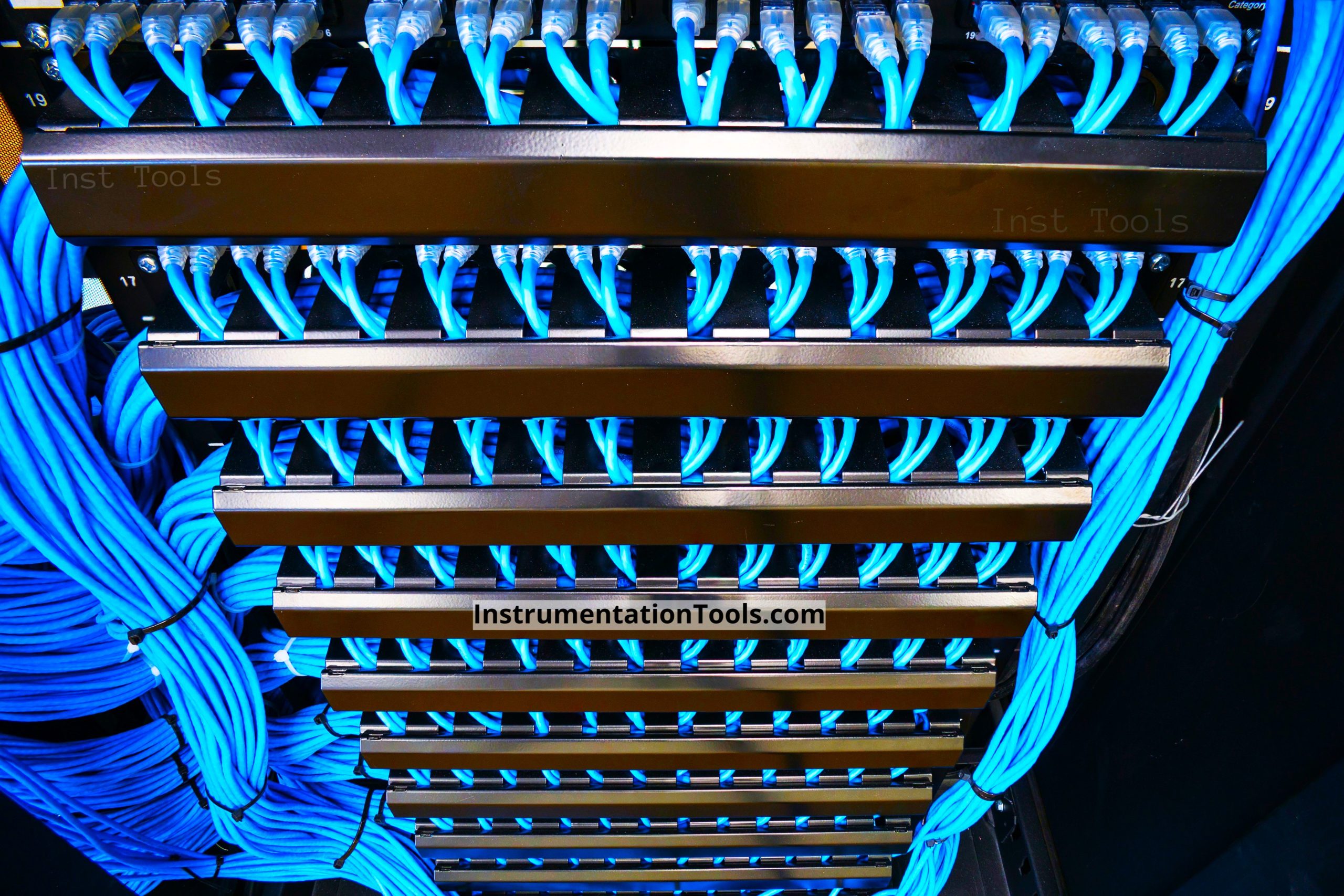
Refer to the below image on the left-hand side. Now imagine a scene where there are 80 number of LAN cables, distributed each in a set of 5-port network switches (means there are a total of 20 network switches because each switch has one port spare for connecting to the main network switch, which brings to the answer as 20*4 ports = 80 cables).
All the LAN cables are directly plugged into the switch which is visible from the front. The cables are tied properly and set into a big network afterward. Now, look at this whole setup in terms of troubleshooting and viewing. It will look cumbersome.
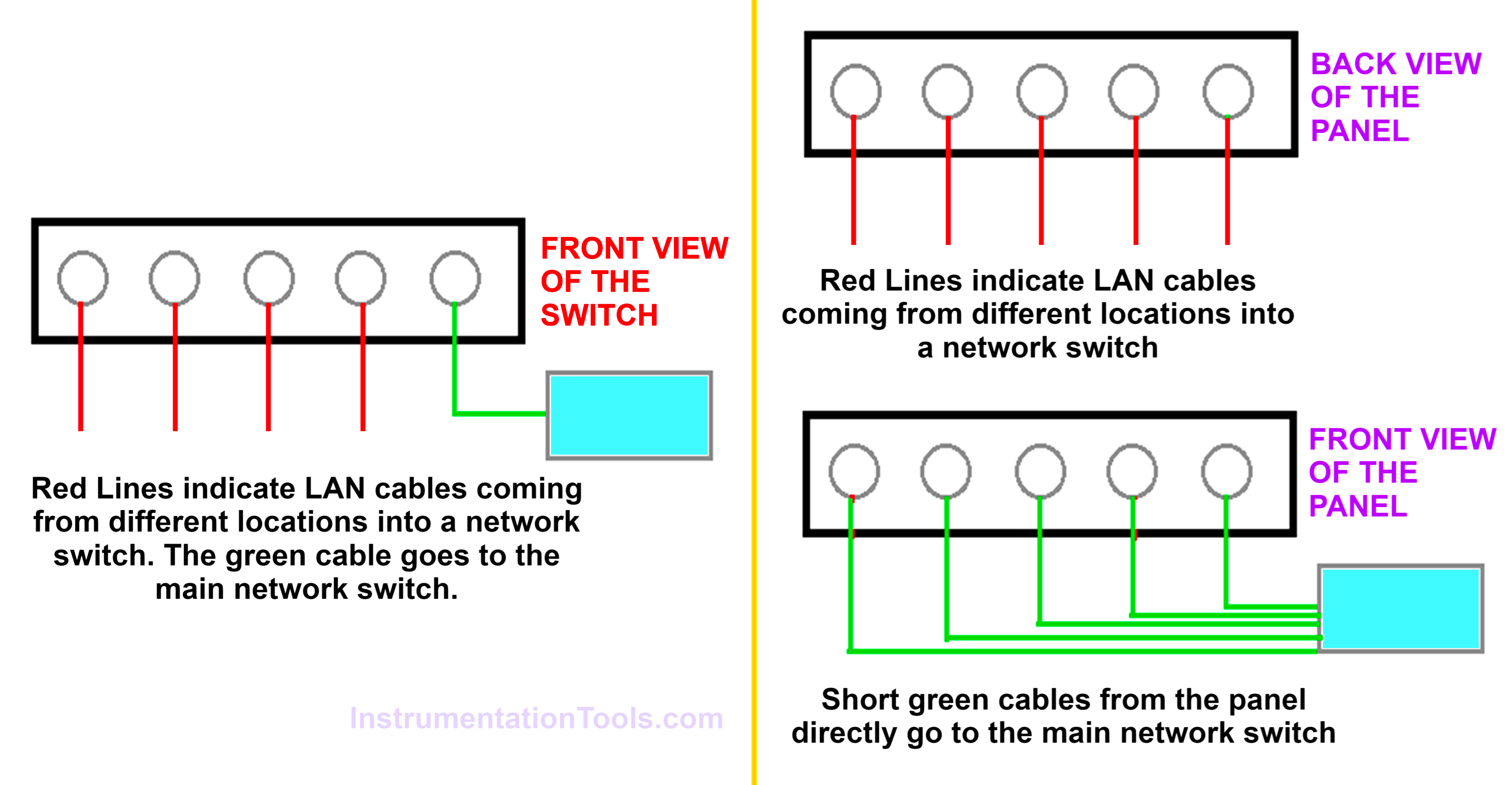
Now, look at the image on the right-hand side. Here, instead of a network switch, we use a device called a patch panel. The LAN cables will enter this panel from the rear entry, due to which the cables will not be visible to anyone.
In the front end, a fixed set of small LAN cables will be connected to the network switch further. So here too, our work is done in setting a network. The patch panel will thus act as an interface for the cables.
The main thing is that the panel does not require any power supply. Each port in the front panel has a number on it which depicts the port identification and helps in determining which port the particular LAN cable is being connected to.
So, without worrying about the wires being tangled, the troubleshooting work too becomes easier for an engineer when any issue occurs in the system. A patch panel is mounted on a rack system for efficient management and easy removal and installation.
The cost for a network engineer will be increased slightly as you can see that apart from a network switch, a patch panel and additional small cables are used. But, it also has the advantage of ease in maintenance and longer lifetime of the network health.
Types of patch panels
You must be thinking that a LAN cable is directly connected to the rear side of the panel through the RJ45 port. But, in reality, there are various ways of connecting a LAN cable to the patch panel.
First of all, it is to be noted that this term is called punch down in network terms. It means the cable is crimped in either open form or inside a connector inside the panel, which establishes a link with the cable connected to the front side port of the panel.
Let us have a look at the various types of connections done inside a patch panel:
Fiber optic patch panels
Fiber optic patch panels are used in cases where optical fiber cables are used for establishing LAN connections for longer distances. All the ports in the panel will be a typical optical fiber port, also called as keystone jacks.
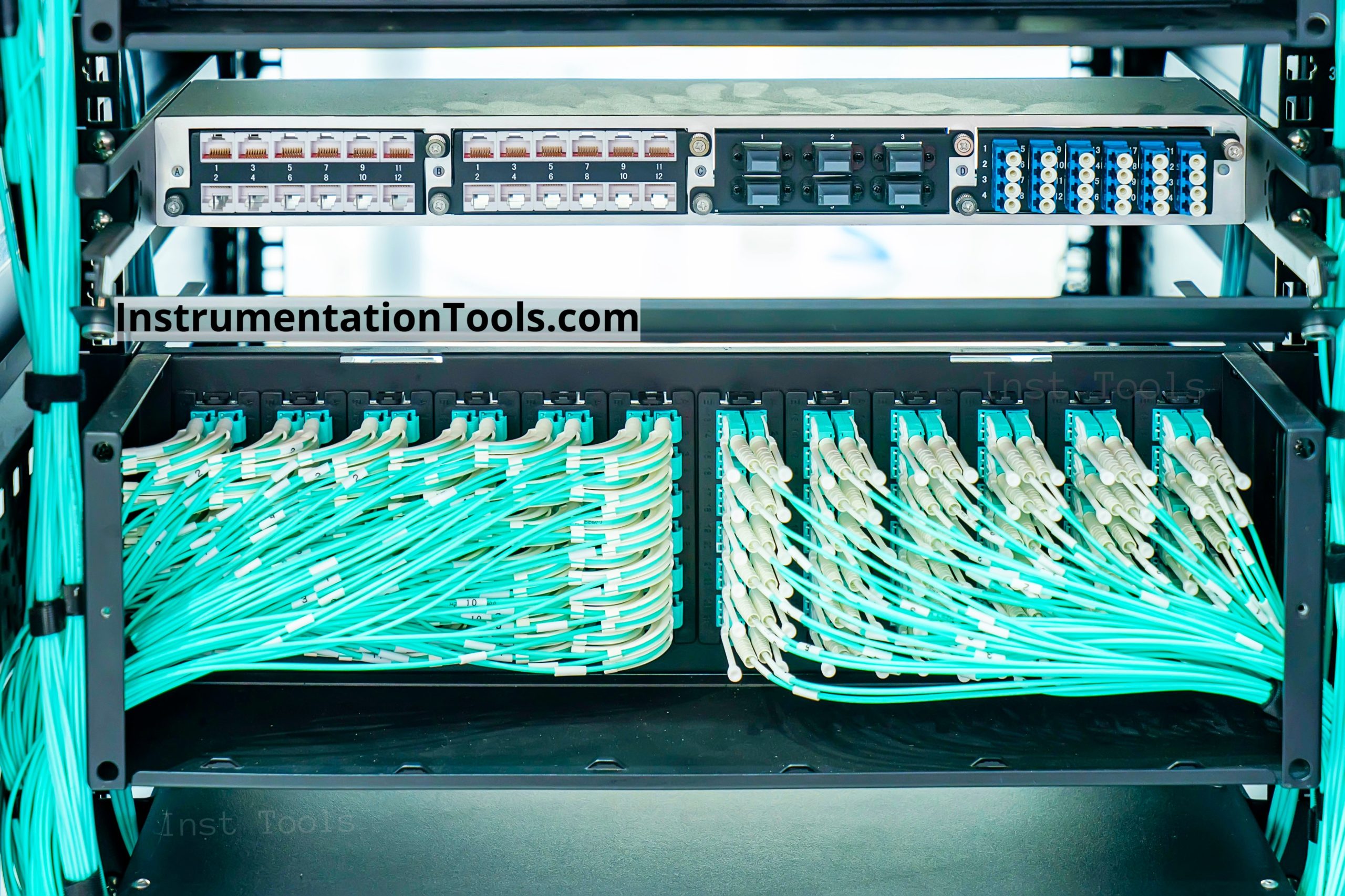
Twisted pair copper patch panels
Twisted pair copper patch panels are the simplest types where a standard RJ45 port is available for connection. There is no need for additional crimping or punching down, as the LAN cable can be directly connected to the ports available backside (standard CAT 5 or CAT6 cables).
Coaxial cable patch panels
Coaxial cable patch panels are used in network applications where all the LAN cables will have coaxial connector types. They are largely used in TV, AV installation sites, CCTV cameras, and other audio/visual application areas where coaxial cables are used widely.
Advantages of patch panel
- Ease in troubleshooting as all the network cables are avoided from getting goofed up or tangled or tied untidily. Also, they can act as a central system for all the network cables to get terminated at a single point and reduce wiring complexity.
- You can easily add new devices to your network, without worrying about cable setup or installation.
- Patch panels are not that costly, because it is not a switch but just an interface. There is no power supply or switch function inside it. It is just a mere hardware used for connectivity. So, you can think of using them without worrying about a wide increase in budget.
- The patch panel provides a good way to decouple the actual patching of cables from the expensive hardware used to route data.
- Patch panels will not affect the signal quality running in the cables, but yes, it depends on how you punch down the cable properly inside. Poor crimping of connection can lead to bad results.
In this way, we saw the concept of a network patch panel.
Read Next:
- Testing of Fiber Optic Cable
- Fiber Optic Cable vs Coaxial Cable
- Types of Cables, Purpose, Advantages
- All About Network Cabling with Details
